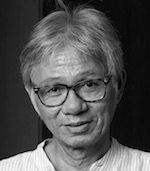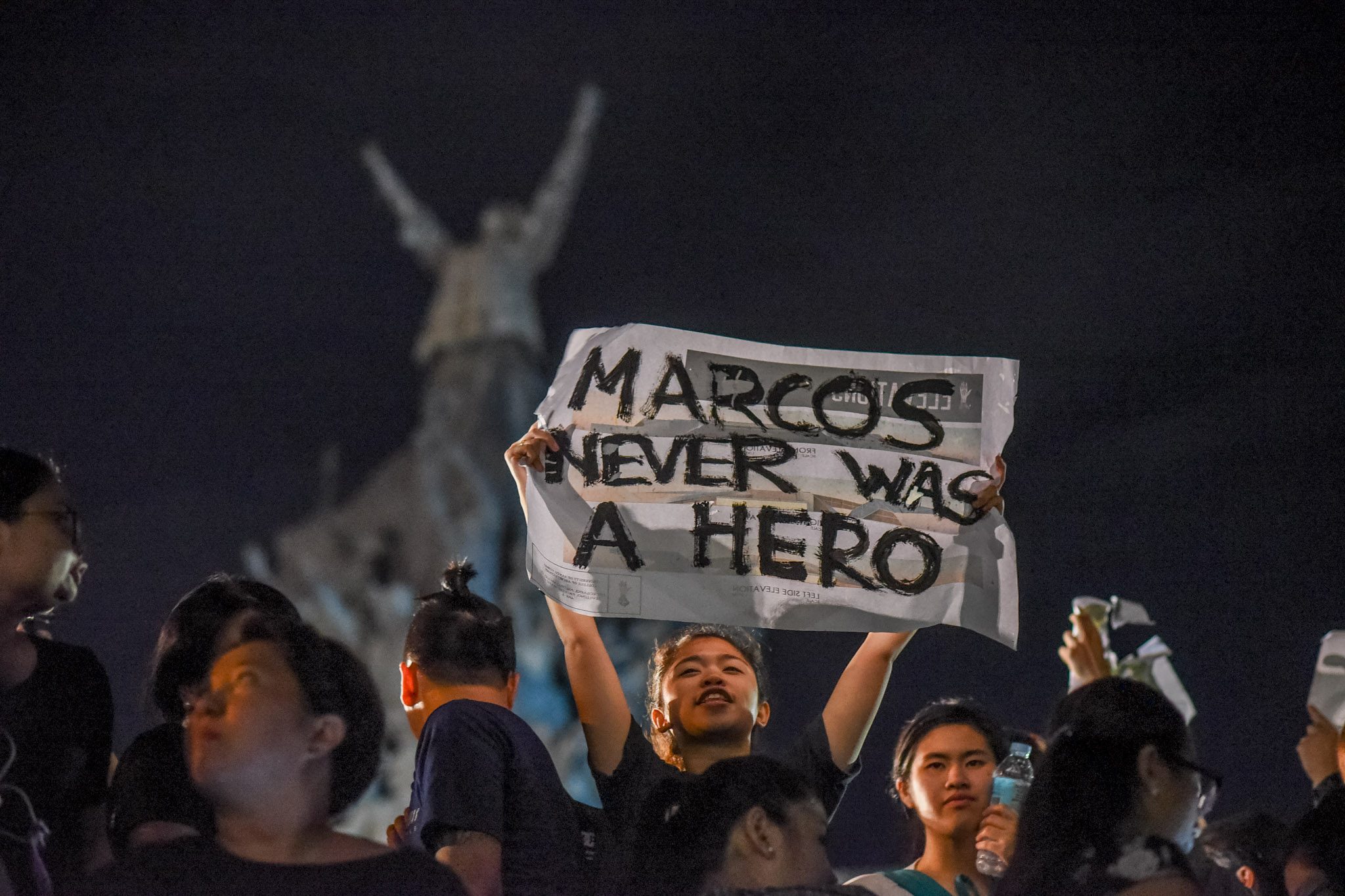SUMMARY
This is AI generated summarization, which may have errors. For context, always refer to the full article.

There’s no way President Duterte can escape being dragged into the controversy provoked by the sudden, premature burial of the dictator Ferdinand Marcos among heroes at the Libingan ng mga Bayani Friday, November 18.
The circumstances are just too pat. An admirer of Marcos, Duterte has always believed Marcos deserved a hero’s burial and, presumably for that conviction, did not mind admitting taking money from the Marcos family for his presidential campaign or wishing, openly, that Marcos’ son had been elected as his vice-president. It’s a wish that may yet be realized if Ferdinand Jr wins his electoral protest against Leni Robredo, whom he alleges to have won over him fraudulently.
Although away on burial day – in Peru for the Asia-Pacific Economic Cooperation (APEC) summit – Duterte was not insulated from the fallout: he was the first person the eldest Marcos child, Imee, thanked in a statement she read right after the burial.
Moreover, the armed forces spokesman, Brigadier General Restituto Padilla, who succeeded her on the podium to take questions from news reporters – who had been barred until now – tended to give Duterte away when he said, “The President is aware of everything that’s going on.”
The statement could be taken to supersede the evasive ones that had gone before it – statements that circled around the excuse that the President had not given any specific order to let the Marcoses bury their patriarch at the time and in the manner they pleased.

“He just told us there were no impediments” to the burial, and they – he and the other soldiers cast in the ceremony – simply picked it up from there, said Padilla.
In fact, the Marcoses preempted the Supreme Court, which, as a matter of due process, was supposed to have kept itself open to a motion asking that it reconsider its ruling allowing the burial; until that motion was heard and defeated, the ruling could not become final, and the burial could not legally proceed.
At any rate, the military, within whose territory the graveyard falls, simply provided “burial services…as instructed by the defense department,” Padilla added.
From his home province of Ilocos Norte, a Philippine Air Force helicopter had flown Marcos’s body straight to the cemetery, in Fort Bonifacio, the army headquarters. A horse-drawn caisson carried it from there to the gravesite, where a ceremony for a hero, complete with a 21-gun salute, was held. All was over by about noon.
Word of the secret burial, meanwhile, had traveled around, and university students and other youths, joined by some elders, began spilling out onto the streets of Metro Manila and some provincial cities, and holding out into the night.
It would be heedless to presume he would come out of the controversy surrounding the burial unmarked.
I don’t recall any protests of comparable extent or quality, instantaneous, un-orchestrated, since 2001, when a popular street vigil ousted Joseph Estrada after the Senate, as an impeachment court trying him for plunder, had drawn suspicions of bias to itself. Marcos had gone out that way himself 15 years earlier, in a bloodless revolt copied by freedom movements in other parts and known worldwide as “people power.”
With his popularity at 76% and with an issue that somehow does not involve him directly, unlike in the case of Estrada or Marcos, it would be irresponsible to speculate about any comparable fate for Duterte himself. On the other hand, it would be heedless to presume he would come out of the controversy surrounding the burial unmarked.
Indeed, he has escaped being marked significantly as a Marcos champion. Neither have the Marcoses; they were back unrepentant yet unbothered after a mere 6 years of exile and managed in no time to re-entrench themselves socially and politically – Imee is governor of Ilocos Norte, the widow Imelda a member of the Lower House, the youngest child, Irene, a social butterfly and patron of the arts, as her own mother had styled herself when she was Ferdinand Marcos’ First Lady, and Ferdinand Jr, a senator until he ran for vice-president and lost.
But the burial may yet prove a major miscalculation. The Marcoses and Duterte have been promoting it as a path toward “national healing, closure, and unity.” Commenting from Peru, Duterte himself repeated those wish words.

But, judging by the outrage the burial ignited, no such mood seemed in the air. In the words of Congressman Neri Colmenares, a torture victim himself, at age 18, of Marcos’ martial rule, the burial “is the ultimate insult to Filipino dignity.”
Having been already favored with a court ruling, the Marcoses only had to wait a few weeks to make the burial at least legal, added Colmenares in a tone that implied a resignation to a reaffirmation of the ruling upon appeal.
But the burial, for the secrecy and air of impunity that surround it, would seem another matter altogether; if anything, it revitalized and, possibly, reunited the opposition against Marcos and his blood and political heirs. Colmenares and leaders of likeminded groups have called for sustained protests. If those protests happen in size and fervor comparable with Friday’s, Duterte and the Marcoses may have a fight on their hands. – Rappler.com
Add a comment
How does this make you feel?
There are no comments yet. Add your comment to start the conversation.